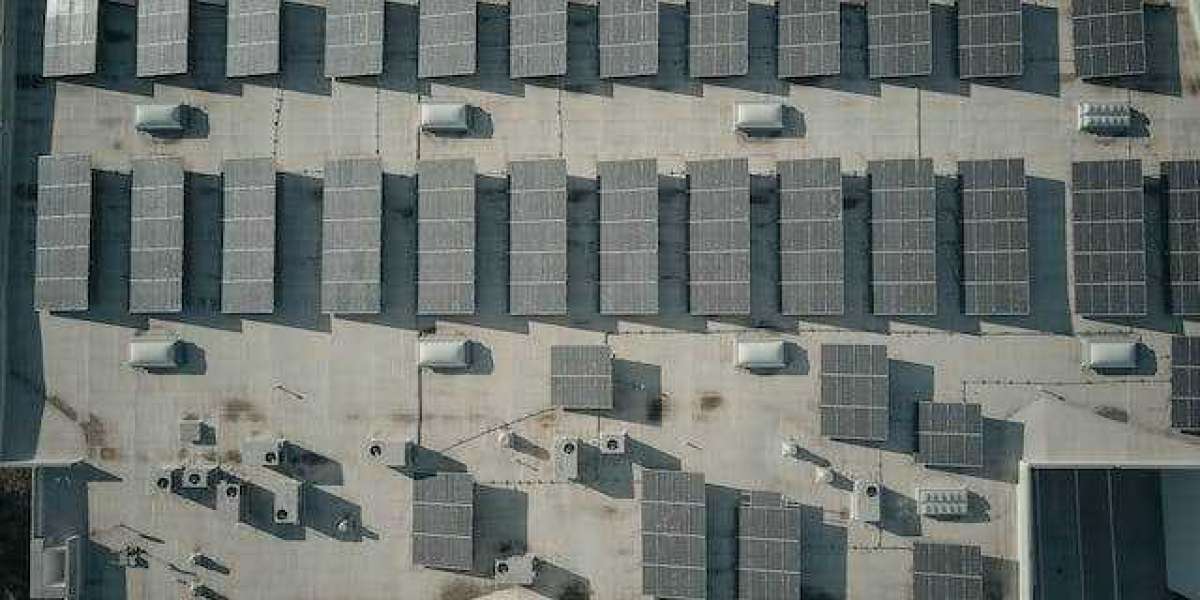1. Introduction:
In the solar energy business, two names that are frequently used to describe processes that influence solar energy systems are solar inverter clipping and throttling. When a solar panel system's power output surpasses the inverter's capability, a portion of the energy produced is squandered due to clipping. On the other hand, throttling occurs when the inverter purposefully reduces its output power because of a variety of circumstances, including grid limitations or temperature problems.
Throttling and clipping can both affect a solar energy system's overall performance and efficiency. When sunlight is at its strongest, clipping causes a loss of potential energy generation, which lowers system productivity overall. Although throttling is a purposeful measure to preserve stability or avoid damage, it can also result in less energy being produced and used efficiently.
It is essential to comprehend these words in order to maximize the production of solar energy systems and ensure seamless functioning. Through efficient management of clipping and throttling, owners of solar systems can achieve a balance between maximum energy generation and preservation of system integrity.
2. Solar Inverter Clipping Explained:
When a solar inverter achieves its maximum power output capability, which usually happens during periods of intense sunlight, solar inverter clipping happens. This situation occurs when the surplus energy generated by the solar array is wasted because the inverter is unable to convert it.
Solar inverter clipping can result from a number of things, such as oversizing the inverters or solar panels, mismatched parts, shading problems, or installation at the wrong tilt angles. The system may produce more electricity than the inverter can effectively manage as a result of certain circumstances.
Because clipping lowers overall energy yield and efficiency, it has a detrimental effect on system performance. This lost potential energy has an impact on the solar PV system's return on investment and could result in less electricity bill savings.
One strategy is to carefully design the system based on actual consumption patterns and site-specific factors in order to minimize or mitigate solar inverter clipping. To reduce the likelihood of clipping, components should be sized correctly, shading effects should be taken into account, and panel orientation and tilt angles should be optimized. Power optimizers and microinverters are examples of cutting-edge technology that can improve system performance by maximizing energy generation under a variety of circumstances and lowering clipping incidents.
3. Solar Inverter Throttling Explained:
Throttling of a solar inverter is the deliberate limitation or reduction of its output power. Many times, this decrease is the result of things like high temperatures, overloading, or grid limitations. Throttling is mostly used to prevent damage to the inverter's components and maintain system stability.
High outside temperatures can lower a solar inverter's efficiency and raise its internal temperature, which are factors that cause throttling in solar inverters. Throttling can also occur when the inverter is overloaded with more electricity than it can handle from the solar panels. In order to ensure stability, the inverter may need to reduce its output power due to grid limits or voltage variations.
Energy output is the main effect of wind.in.net throttling on system efficiency. The quantity of electricity generated from solar panels that is turned into useful energy is decreased when an inverter is throttled. As a result, system performance as a whole declines, perhaps lowering solar energy systems' return on investment.
In order to control or avoid solar inverter throttling, a number of tactics are possible. Maintaining ideal operating temperatures and minimizing the need for throttling owing to overheating can both be achieved by making sure the inverter has adequate ventilation and cooling. It's crucial to track and regulate the solar panels' power production to avoid overloading. Purchasing inverters with sophisticated grid control features can enhance system performance and efficiency overall and help reduce grid-related throttling problems.
4. Comparing Clipping and Throttling:
The primary distinction between throttling and solar inverter clipping is how each procedure handles excess electricity. A loss of potential energy output results from clipping, which happens when the solar panels generate more electricity than the inverter can process. On the other hand, throttling entails the inverter purposefully reducing power output to adhere to system limitations or grid needs.
A direct decrease in the quantity of solar energy harvested is the effect of clipping on the generation of energy as a whole. This indicates that even if the solar panels have the capacity to produce more power, the inverter's restrictions cause some of that potential production to be wasted. On the other hand, throttle, which is frequently used strategically to maximize system efficiency and adhere to grid standards, may cause a minor decrease in immediate energy generation.
Though they both entail varying power output levels, clipping and throttling have different functions and impact on energy generation. In order to optimize the efficiency and performance of their solar system, owners can make more educated decisions if they are aware of these distinctions.
5. Conclusion:
Understanding and managing both solar inverter clipping and throttling is critical for obtaining optimal performance in a solar system. System owners can reduce their influence on energy output by being aware of the distinctions between the two. Loss of energy output during the hours of maximum sunshine might result from solar inverter clipping, which is the result of excess power generation beyond the inverter's capability. On the other hand, throttling happens when the inverter purposefully lowers power output to prevent overtaxing the components or the grid.
Achieving equilibrium between optimizing energy yield and maintaining system stability is necessary for the efficient handling of both phenomena. Oversizing inverters or putting mitigation techniques like tilt adjustments or partial shading solutions into practice can help address clipping. Advanced monitoring systems that optimize power output based on grid circumstances or component limits can be used to regulate throttling. Solar system owners can increase energy production while preserving the longevity and efficiency of their equipment by finding the ideal balance between clipping and throttling.
Taking into account everything mentioned above, we can say that in order to maximize system performance and return on investment, it is crucial to comprehend the subtleties of solar inverter throttling and clipping. Owners of solar systems can reduce energy losses and guarantee long-term dependability by proactively addressing these phenomena through appropriate design, monitoring, and maintenance. Stakeholders may contribute to a sustainable energy future and maximize the benefits of their solar systems by remaining educated and putting relevant plans into place.














